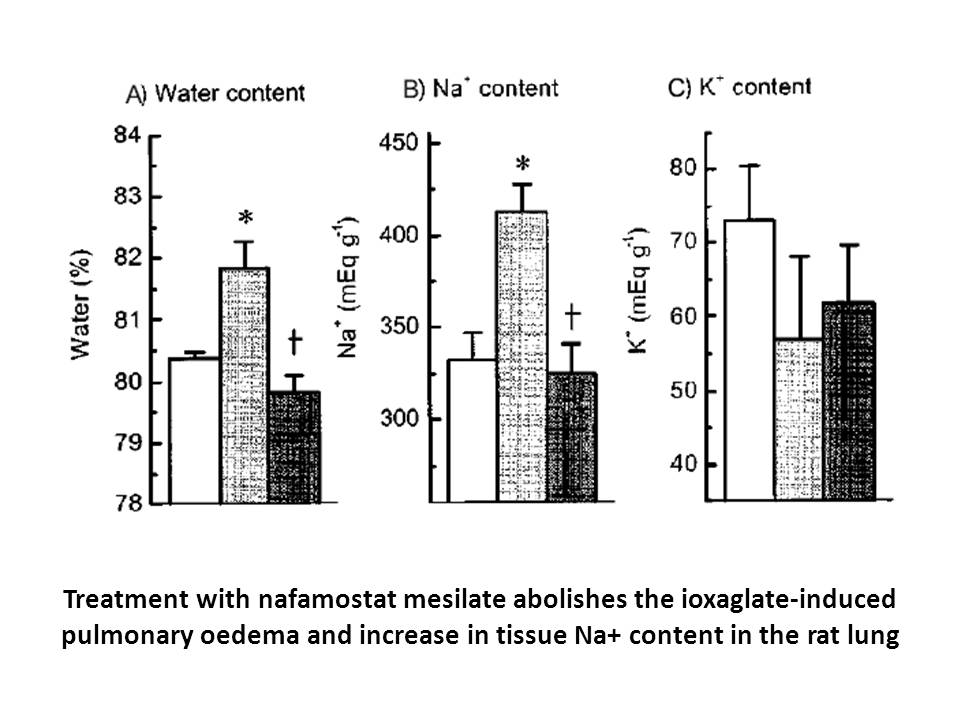Archives
Self Determination Theory SDT as described by Ryan and Deci
Self-Determination Theory (SDT), as described by Ryan and Deci (2000) is “an approach to human motivation and personality that uses traditional empirical methods while employing an organismic metatheory highlighting the importance of humans' evolved inner resources for personality development and behavioral self-regulation. Thus, its arena is the investigation of people's inherent growth tendencies and innate psychological needs that are the basis for their self-motivation and personality integration, as well as for the conditions that foster those positive processes.” Ryan and Deci (2000) further suggest, “Social contexts catalyze both within- and between-person differences in motivation and personal growth, resulting in people being more self-motivated, energized, and integrated in some situations, domains, and cultures than in others.”
Existing research has shown that motivation and self-determination relate positively with student's achievement (Bryan, Glynn, & Kittleson, 2011) and the current research offers SDT to explain why AP students will perform relatively better on the CPA exam, compared to non-AP students. SDT suggests self-motivation is largely determined by personality driven factors that influence one's willingness to exert effort toward accomplishing goals, with an individual's motivation being intrinsically or extrinsically oriented. Intrinsic motivation refers to the act of doing something for itself and the pleasure and satisfaction derived from participation. By contrast, extrinsic motivation refers to performing an activity in order to attain some separable outcome, such as “attending university in order to have a better salary later on” (Vallerand et al., 1992). In the current research, extrinsic motivation is demonstrated by students pursuing AP in high school in order to earn a college degree in the future. Similarly, SDT has also been in research involving accounting majors.
Arquero, Fernández-Polvillo, Hassall, and Joyce (2015) used SDT to show that students were attracted to careers in accounting, because they perceived it Fmoc-Thr(tBu)-OH australia offers professional status, prospective of good jobs, higher salaries, etc., exhibit high levels of extrinsic motivation. Therefore, the current research expects that students who are extrinsically motivated to pursue AP to achieve college goals will also be extrinsically motivated to earn a CPA to accomplish career goals in accountancy.
SDT implies a student's choice to pursue AP is a reflection of his or her self-determination toward achieving a college degree. Given this, actually passing the qualifying AP exam would indicate an even higher level of self-determination. Therefore, this research predicts a relatively stronger association between CPA exam scores for those AP students who pass the qualifying AP exam.
Bloom's Taxonomy (Bloom & Krathwohl, 1956) and Modified Blooms Taxonomy of Learning (Anderson & Krathwohl, 2001), is one of the most widely applied pedagogical tools in education. Bloom's Taxonomy, as shown in Fig. 2, is a classification scheme that defines cognitive thinking in multi-levels based on increasing complexity, with remembering/understanding at the low-end, and higher-order skills of application/analysis/evaluation/creating, sequentially comprising the upper-end.
A more detailed description of higher-order thinking is offered by King, Goodson, and Rohani (1998):
“Higher order thinking skills include critical, logical, reflective, metacognitive, and creative thinking. They are activated when individuals encounter unfamiliar problems, uncertainties, questions, or dilemmas. Successful applications of the skills result in explanations, decisions, performances, and products that are valid within the context of available knowledge and experience and that promote continued growth in these and other intellectual skills. Higher order thinking skills are grounded in lower order skills such as discriminations, simple application and analysis, and cognitive strategies and are linked to prior knowledge of subject matter content. Appropriate teaching strategies and learning environments facilitate their growth as do student persistence, self-monitoring, and open-minded, flexible attitudes” (King et al., 1998, pg. 1)
current research expects that students who are extrinsically motivated to pursue AP to achieve college goals will also be extrinsically motivated to earn a CPA to accomplish career goals in accountancy.
SDT implies a student's choice to pursue AP is a reflection of his or her self-determination toward achieving a college degree. Given this, actually passing the qualifying AP exam would indicate an even higher level of self-determination. Therefore, this research predicts a relatively stronger association between CPA exam scores for those AP students who pass the qualifying AP exam.
Bloom's Taxonomy (Bloom & Krathwohl, 1956) and Modified Blooms Taxonomy of Learning (Anderson & Krathwohl, 2001), is one of the most widely applied pedagogical tools in education. Bloom's Taxonomy, as shown in Fig. 2, is a classification scheme that defines cognitive thinking in multi-levels based on increasing complexity, with remembering/understanding at the low-end, and higher-order skills of application/analysis/evaluation/creating, sequentially comprising the upper-end.
A more detailed description of higher-order thinking is offered by King, Goodson, and Rohani (1998):
“Higher order thinking skills include critical, logical, reflective, metacognitive, and creative thinking. They are activated when individuals encounter unfamiliar problems, uncertainties, questions, or dilemmas. Successful applications of the skills result in explanations, decisions, performances, and products that are valid within the context of available knowledge and experience and that promote continued growth in these and other intellectual skills. Higher order thinking skills are grounded in lower order skills such as discriminations, simple application and analysis, and cognitive strategies and are linked to prior knowledge of subject matter content. Appropriate teaching strategies and learning environments facilitate their growth as do student persistence, self-monitoring, and open-minded, flexible attitudes” (King et al., 1998, pg. 1)